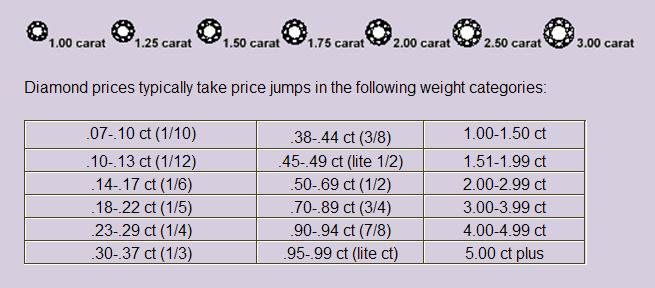
The Greek word "Adamas" meaning unconquerable and indestructible is the root word of diamond. Diamonds have been sought the world over, fought over, worshipped and used to cast love spells. For the last 3000 to 4000 years, diamonds have held special magic for Kings, Queens and their subjects. Diamonds have stood for wealth, power, love, spirit and magical powers. Kings in olden days would wear into battle heavy leather breast plates studded with diamonds and other precious stones. It was believed that diamonds were fragments of stars and the teardrops of the Gods. The diamonds possessed magical qualities of the Gods and held powers far beyond the understanding of the common man. Because of these beliefs, the warriors stayed clear of the Kings and others who were fortunate to have the magical diamonds in their breast plates. Until the 15th Century only Kings wore diamonds as a symbol of strength, courage and invincibility. Over the centuries, the diamond acquired its unique status as the ultimate gift of love. It was said that cupids' arrows were tipped with diamonds that have a magic that nothing else can equal. Since the creation of diamonds they have been associated with romance and legend. The Greeks believed the fire in the diamond reflected the constant flame of love. For millions of people around the world, the mystery and magic, the beauty and romance shining out from a simple solitaire says all the heart feels but words can not express. It wasn't until 1477 when Archduke Maximilian of Austria gave a diamond ring to Mary of Burgundy, that the diamond engagement ring was introduced. Placing the ring on the third finger of the left hand, dates back to the early Egyptian belief that the Vena Amors, vein of love, runs directly from the heart to the tip of the third finger.


- D through F are virtually colorless.
- G, H and I diamonds appear colorless when mounted.
- J, K and L diamonds look very nearly colorless, but you can see some coloring in larger stones.
- M and beyond, most people can see color pretty easily.

- D through F are virtually colorless.
- G, H and I diamonds appear colorless when mounted.
- J, K and L diamonds look very nearly colorless, but you can see some coloring in larger stones.
- M and beyond, most people can see color pretty easily.


